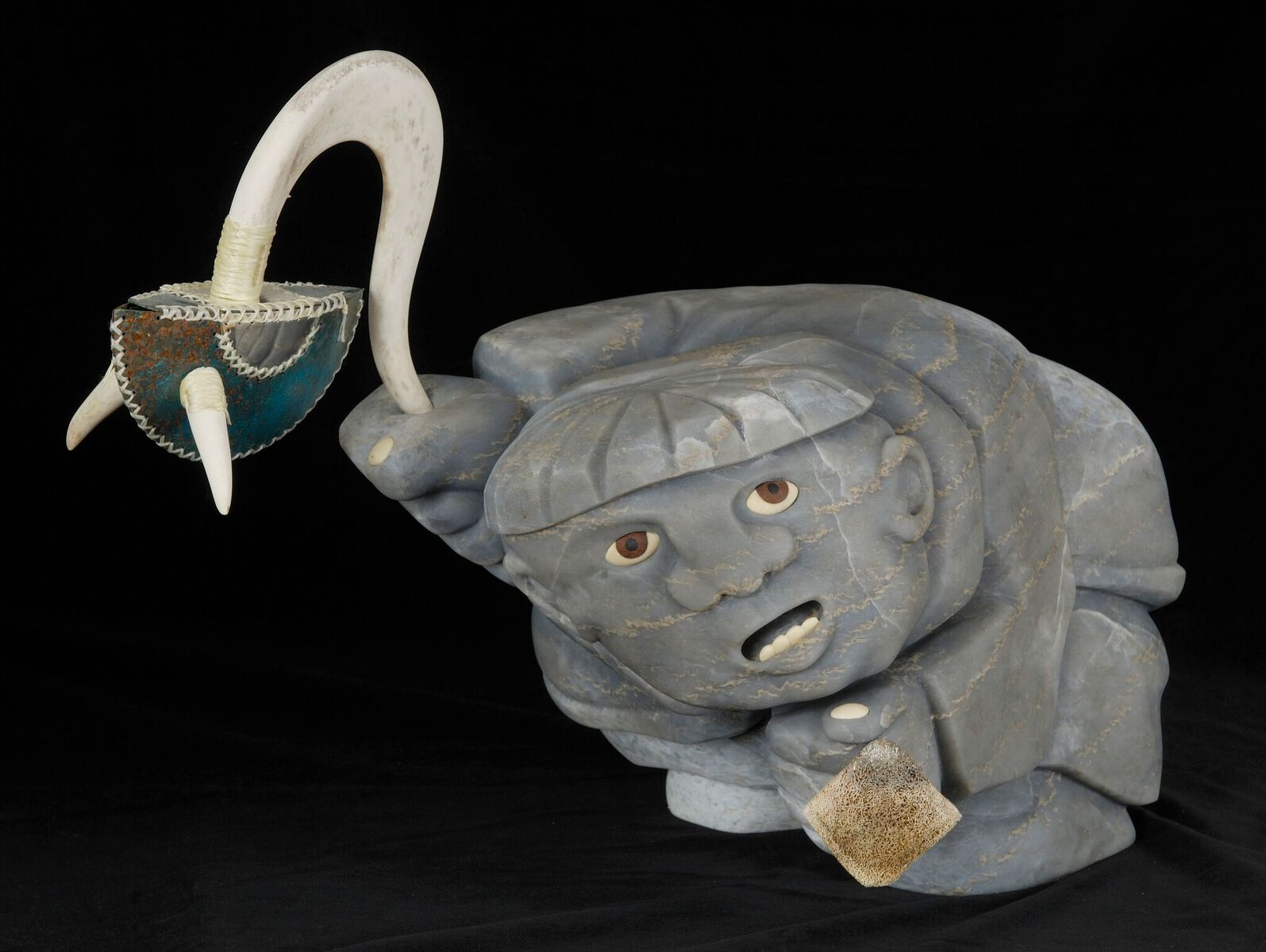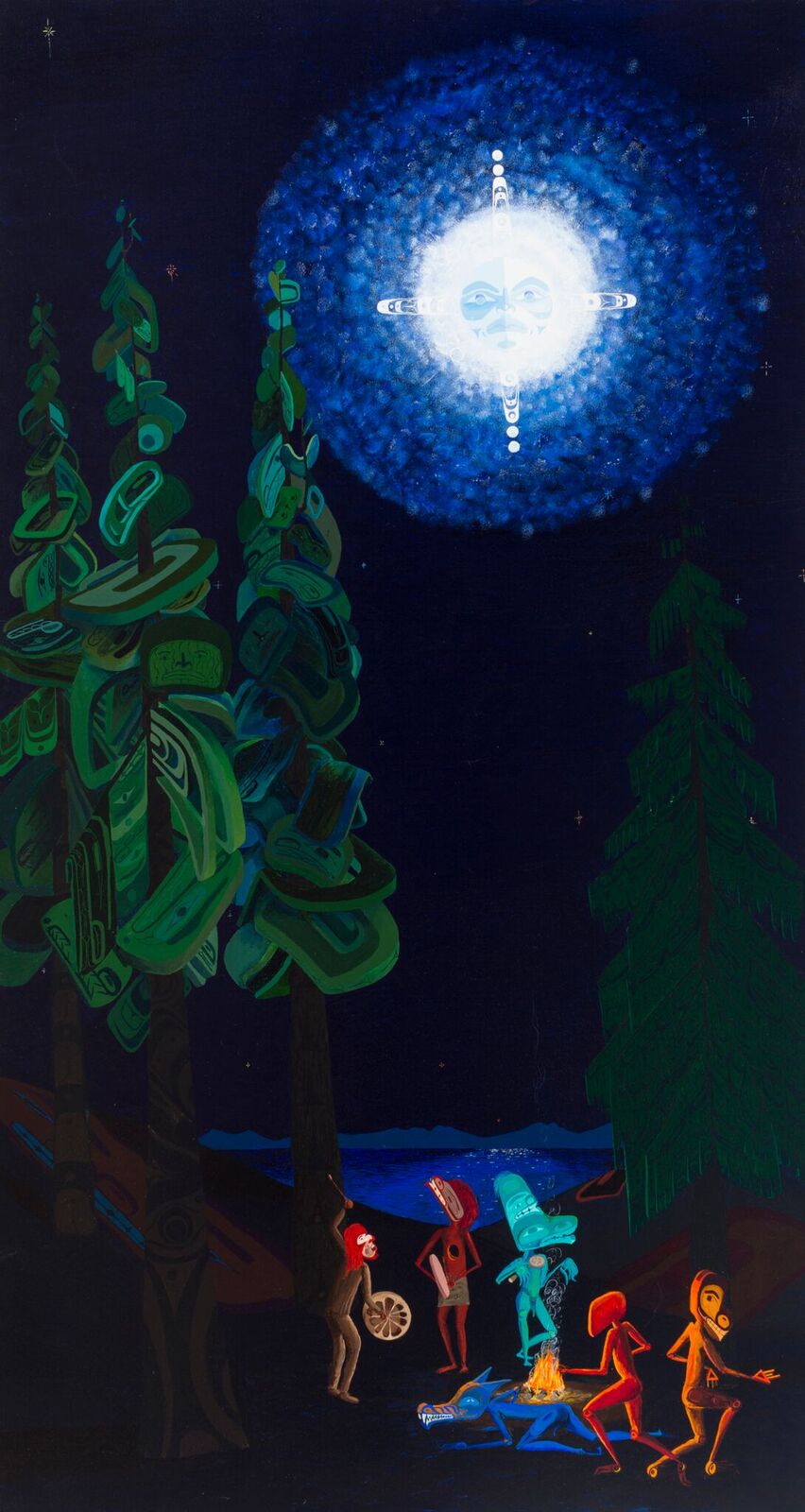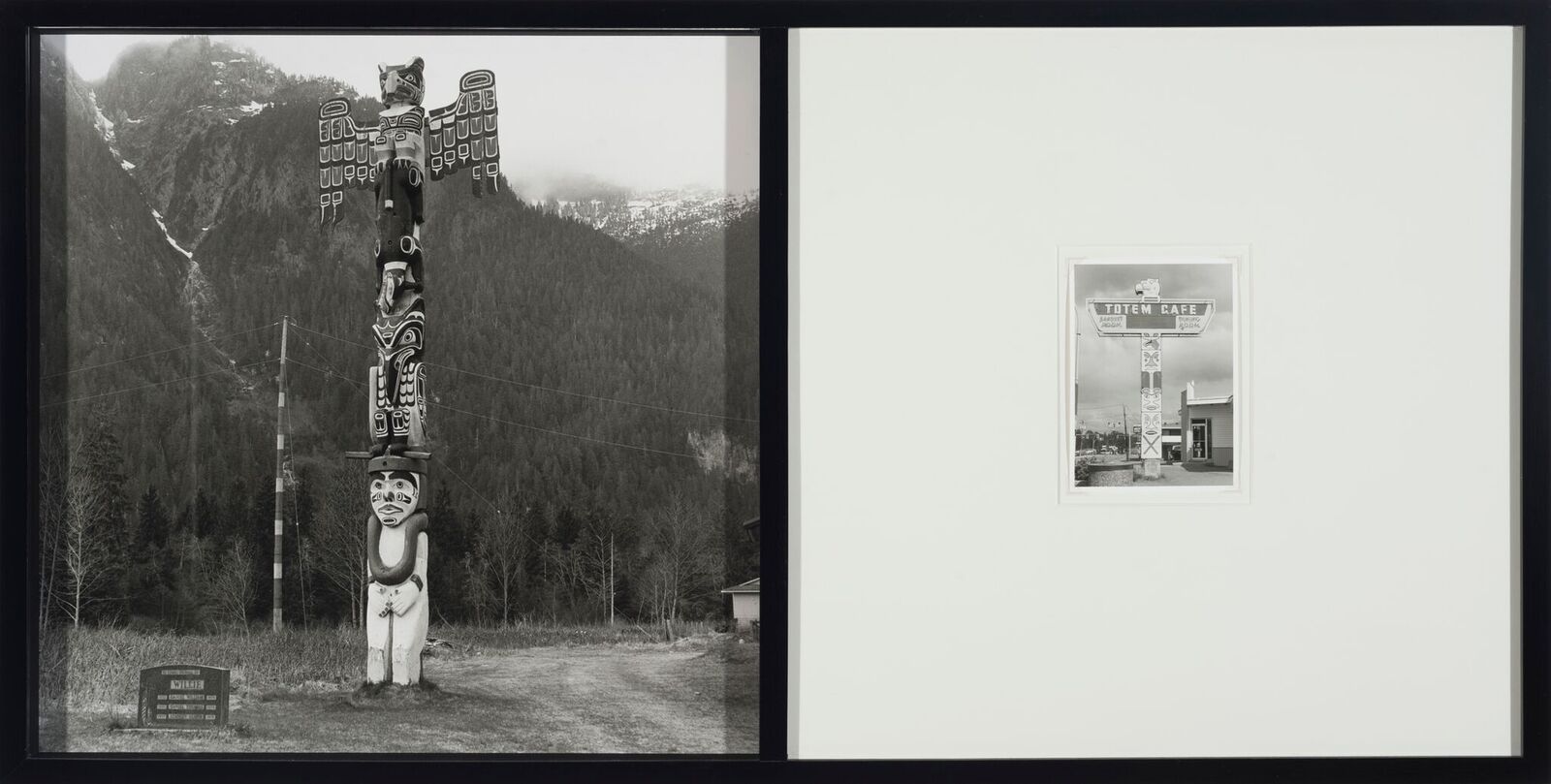
Beginning this fall, the Art Gallery of Guelph (AGG) will explore nationhood and Canada’s Indigeneity with an exhibition funded by nearly $200,000 from the federal government.
“150 Acts: Art, Activism, Impact” will draw on the gallery’s collection and work by contemporary Indigenous artists to tell Indigenous stories through paintings, sculpture, drawings, textiles, installations and multimedia, says AGG director Shauna McCabe.
The AGG is run under a partnership among the University of Guelph, the City of Guelph and the Upper Grand District School Board.
The AGG has received $197,000 from the Canadian Heritage Department to develop the project. The exhibition will open Sept. 14 and run until March 2018.

Besides works that will fill the gallery’s main floor, the project will include online outreach, performance events, and educational programs for kids and the general public, says McCabe.
Many of the artworks will come from the gallery’s collection of Indigenous art, including its extensive and longstanding collection of works by Inuit artists. The remainder, including multimedia and video and audio works, will be borrowed from contemporary artists and institutions from across Canada.
McCabe says the exhibition is intended to prompt discussion and reflection about Indigenous and non-Indigenous relations during the country’s 150th anniversary.
That’s a common theme among galleries and museums across Canada – including the National Gallery of Canada and the Art Gallery of Ontario — also opening exhibitions and dedicating gallery space to Indigenous art during Canada 150 and following publication of the federal Truth and Reconciliation Commission (TRC) report.
“Creative expression has a unique capacity to change perception by expanding our insight into other experiences,” says McCabe.
“Every cultural institution has a responsibility to carefully examine our relationship to Indigenous communities and histories at this moment, and to provide a platform that is shaped by the perspectives, voices and aesthetics of the First Nations, Inuit and Métis communities.”
Many of the AGG works on display during the exhibition will explore human relationships with nature and the landscape, including paintings by Lawrence Paul Yuxweluptun and Norval Morrisseau, as well as drawings by Jessie Oonark and Shuvinai Ashoona.
The show will include wall hangings by Inuit artists Marion Tuu’luq and Victoria Mamnguqsualuk, wooden masks by Victor Reece, a tea pot carved from stone and bone by sculptor Michael Massie, and mixed media pieces by Carl Beam.
Tensions between traditional and contemporary practices are captured in Arthur Renwick’s Totem, Café juxtaposing a totem pole with a diner sign, and in a soapstone sculpture by David Ruben Piqtoukun, depicting an Inuit figure flanked by both a dogsled and a snowmobile. The gallery will also borrow contemporary works including pieces by interdisciplinary artists Maureen Gruben, Bonnie Devine and Neal McLeod.
